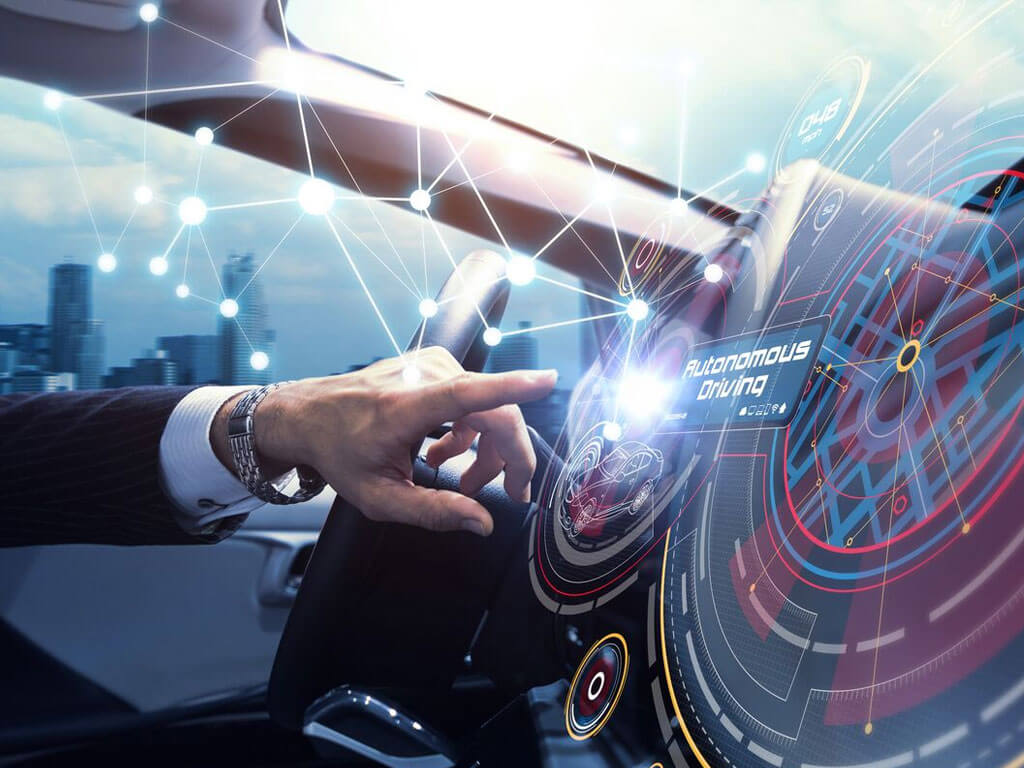The auto industry is seeing transformational changes on the horizon. Some result from technologies that are now reaching maturity, while others are linked to changes in behaviour, particularly around car ownership. Let’s explore these trends and what they might mean for auto finance and auto finance software.
As we near the end of 2017, I’ve been looking back at how the auto industry has changed over the past year, and thinking about what we can expect from the next 12 months. Two things have really struck me:
- The new possibilities that are opening up around vehicle leasing.
- The autonomous cars that will soon be tested on our roads.
End of the road for car ownership?
In recent years, personal contract purchases (PCPs) have become the most popular way of financing a car. According to the BBC, 82% of personal car finance deals in the UK in 2016 were PCPs. Yet, most people choose not to make the balloon payment at the end of the contract. Instead, they simply roll the residual value of the car over into a new PCP on a shiny new vehicle, so never actually own the full title to a car.
A new trend is emerging in motor finance: car subscriptions. Ford, Porsche and Volvo (among others) are offering US drivers an option to lease a car on a month-to-month basis. I expect to see this form of leasing, which doesn’t provide any option to buy the car, become more widely available in the UK during 2018. It also includes mileage-based options.
Driverless cars take to the road
I’ve been seeing a lot about autonomous – driverless or self-driving – cars in the news recently. These cars harness technological advances such as the connected car, artificial intelligence, machine learning, the internet of things (IoT), big data and the cloud.
In the autumn budget, the UK chancellor even announced new legislation to allow autonomous cars on the UK’s roads by 2021. UK companies are gearing themselves for the new opportunity this brings. Take the partnership between Jaguar Land Rover and Tata Motors, for instance: In November 2017, the partnership took its research to the public roads in trials that were, according to AutoCar, aimed at “examining the effectiveness of connecting cars to each other, traffic lights and other road furniture, as well as a network to provide advanced information such as emergency vehicle warnings”.
Ride-hailing leads the way
Combine the move towards subscription-based motor finance and autonomous cars, and you find yourself looking at the future vision that Google’s Alphabet, Uber, Lyft and other startups are already working towards.
Google’s sibling, Waymo, has already launched a fully autonomous ride-hailing service in Arizona. Members of the public will begin riding in its fleet of modified minivans in the next few months, accompanied in the back seat by a Waymo employee.
Uber is still working on a similar service, but hasn’t launched it yet. Tech Crunch reports that Uber has already run various pilots, including in San Francisco, Pittsburgh and Arizona, and Volvo announced in November 2017 that it would be supplying the vehicles for Uber’s autonomous ride-sharing service.
Lyft, meanwhile, is collaborating with Waymo and a couple of startups, along with Ford and Jaguar Land Rover, around self-driving technology. Lyft is looking for its partners to bring their vehicles and technology to its ride-hailing platform. Other manufacturers, including General Motors, Tesla, Apple and Delphi, are also working on similar services.
So what for motor finance?
While autonomous ride-hailing services may close the door on some potential motor finance customers, subscription services open up another door. Yet, providers looking to take advantage will need modern, digital motor finance software.
These new autonomous ride-hailing services will only serve to further decrease car ownership. They are likely to be popular with the Gen Z demographic (those born since 2000) who were born into the digital era and are now coming of age. Youngsters living in towns and cities, in particular, are likely to turn to them. Comfortable with digital technology, they currently rely happily on Uber and public transport for their travel needs – just using Zipcar-type rental services on the odd occasion.
Born between the late 1980s and 2000, millennials have long avoided car ownership. Gen Z predecessors may well prefer a subscription-type service. Now approaching their thirties, and many with young kids, a long-term ‘leasing’ option is likely to be more suitable for their needs. Still less of a commitment than an outright purchase, it’s more convenient when you have a family of four and a dog to take care of.
Auto finance providers will need to ensure they have modern auto finance software in place. Only then will they be able to take full advantage of the new auto financing models that are emerging.














